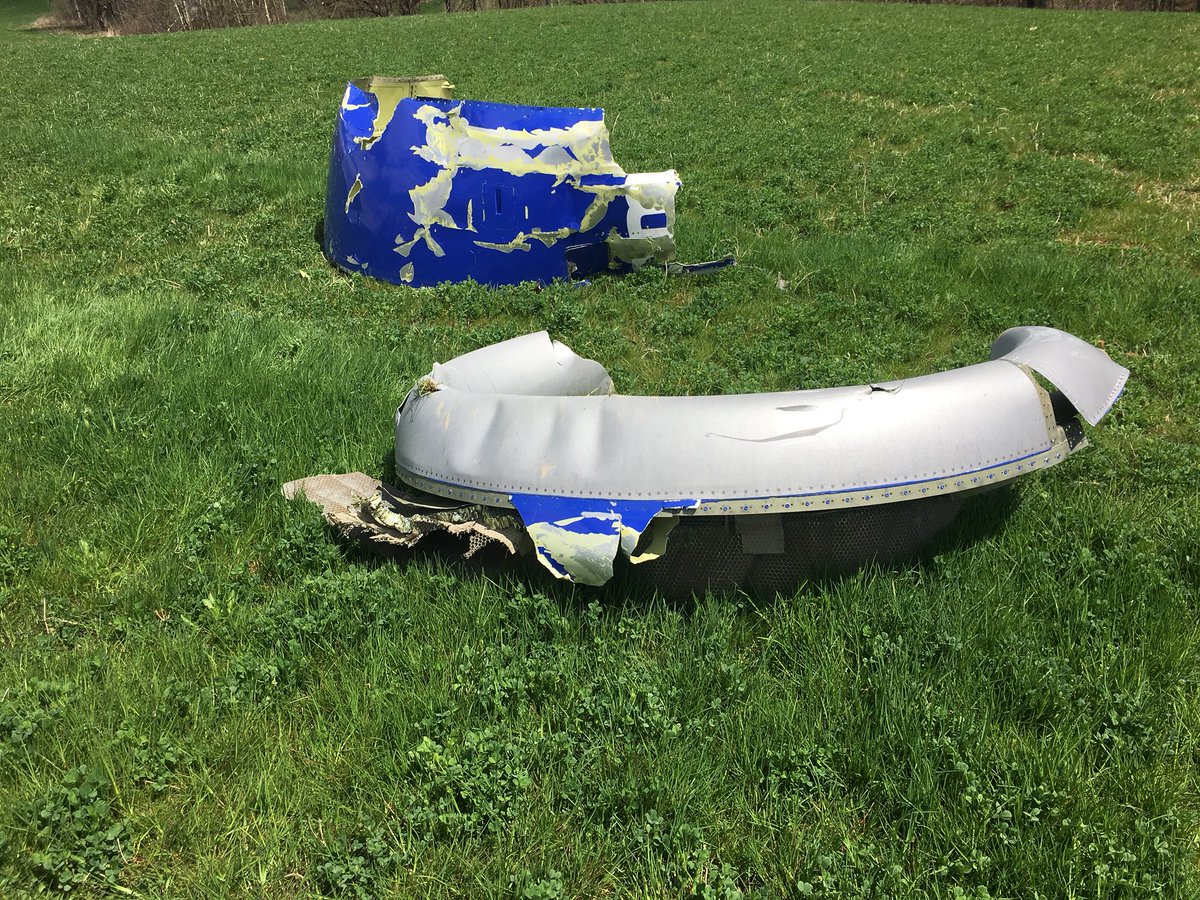https://www.nbcphiladelphia.com/new...adelphia-International-Airport-480008613.html
A Southwest Airlines flight landed safely in Philadelphia Tuesday after the jet violently depressurized when a piece of an engine flew into and broke a window, according to passenger accounts and the pilot's conversations with air traffic control.
One passenger's father-in-law, relaying information from his daughter, said the impact was so severe that a female passenger was partially sucked out of the plane when the window imploded.
Todd Baur told NBC10 the woman was partially "drawn out" of the plane before being "pulled back in by other passengers."
The pilot, speaking to air traffic control via radio, asked for paramedics to meet the airplane to help injured passengers.
[....]
Asked whether the plane was on fire, she responded: "No, it's not on fire but part of it's missing. They said there is a hole and someone went out."
One passenger was rushed to a Philadelphia hospital with critical injuries, Fire Commissioner Adam Thiel said. Twelve other passengers were evaluated by medics and seven of those were treated for minor injuries at the scene, he said.
The Dallas-bound Boeing 737-700 — numbered flight 1380 — made an emergency landing at Philadelphia International Airport around 11:20 a.m. Tuesday after taking off from LaGuardia Airport in New York City. There were 149 people onboard. A ground stop was put into effect at the airport as crews responded.
The jet's left engine blew shortly after takeoff, passengers said. Pieces of shrapnel flew into the plane's fuselage and at least one window, the passengers and the FAA said.
Passengers shared photos of the plane's left engine with major damage. The engine inlet was shredded with metal bent outward. The pane of a window just behind the left wing was missing.








